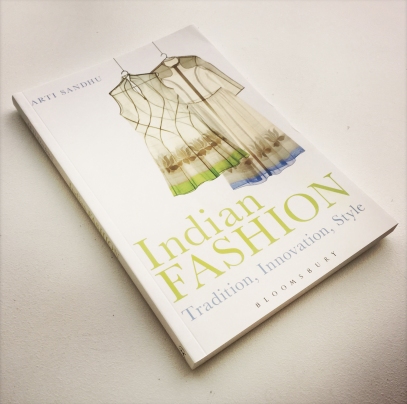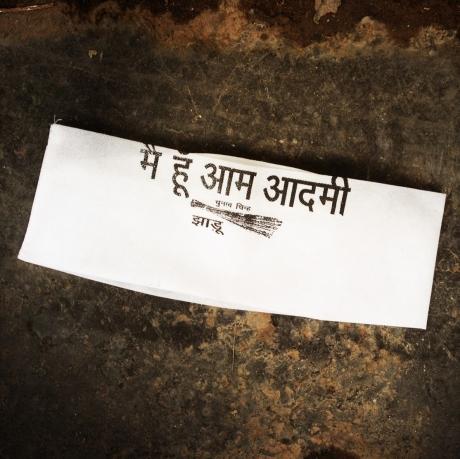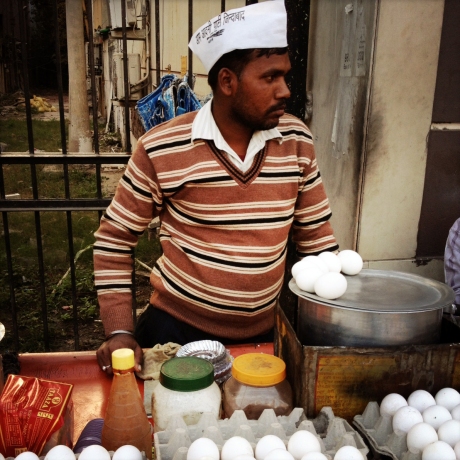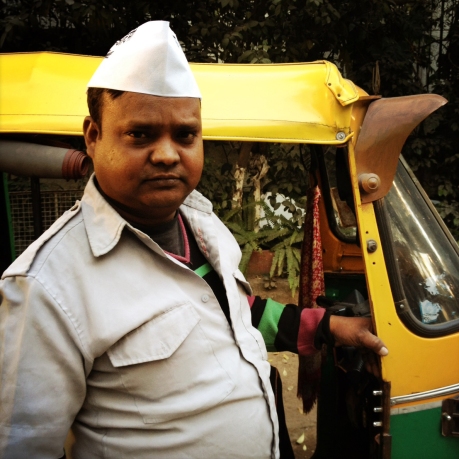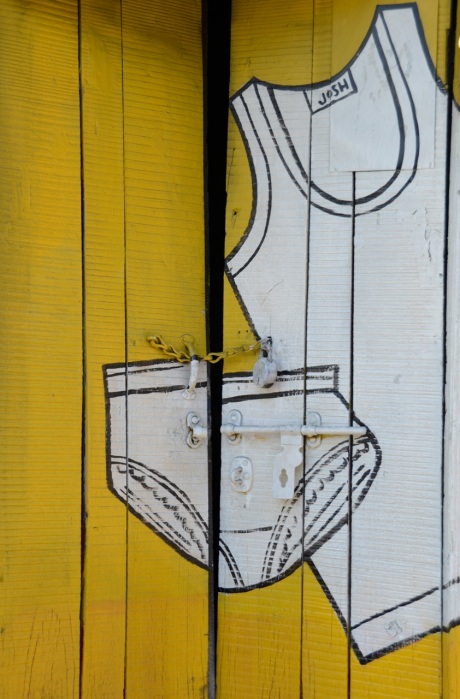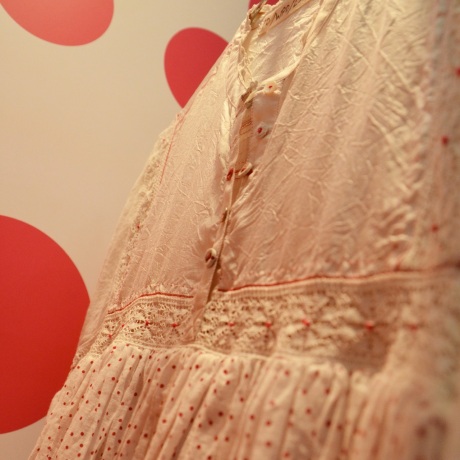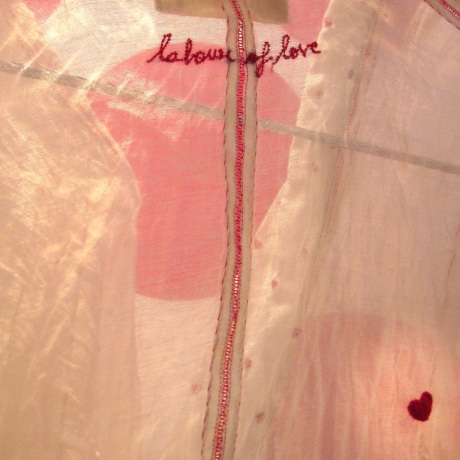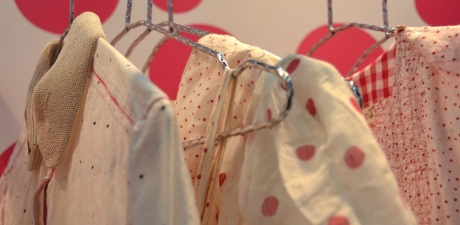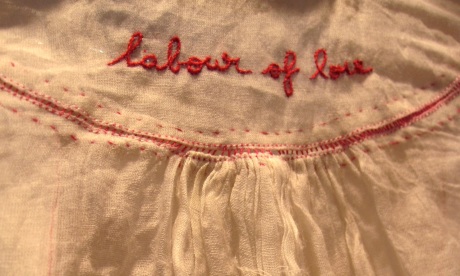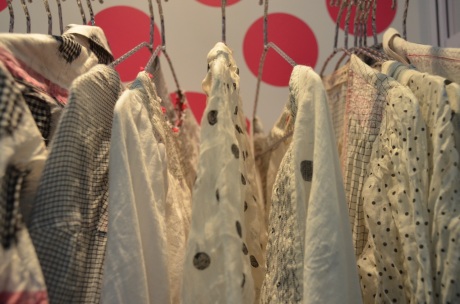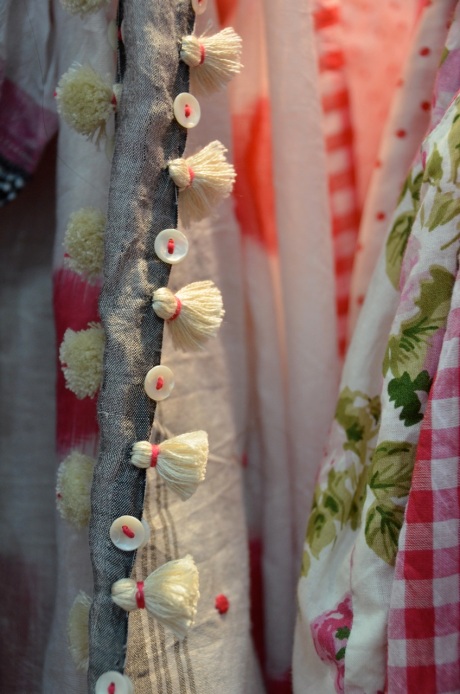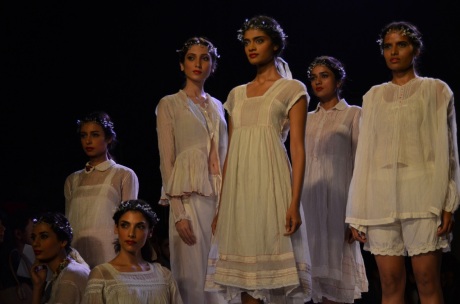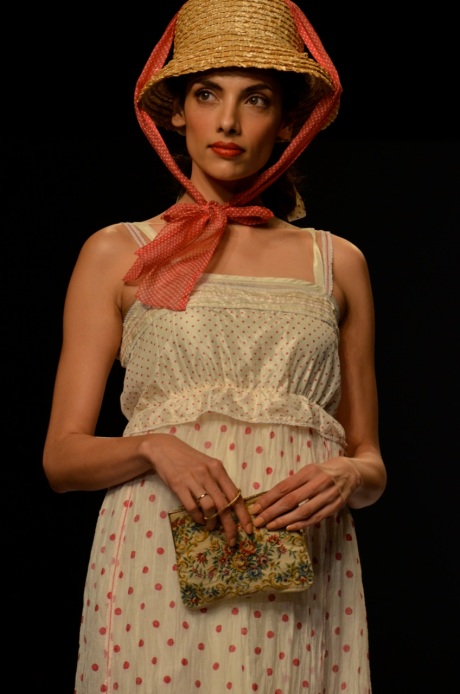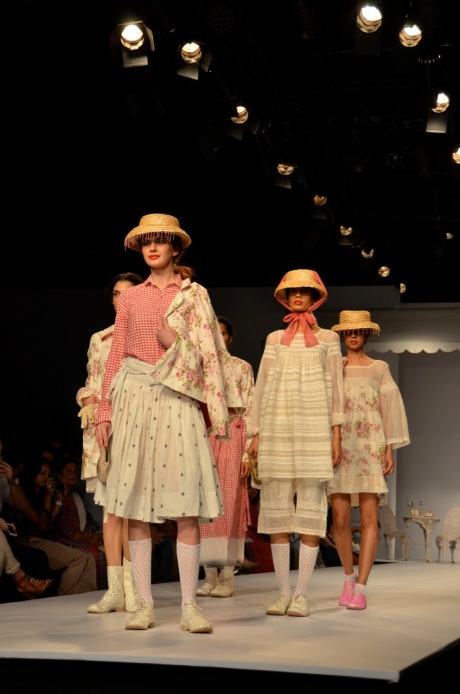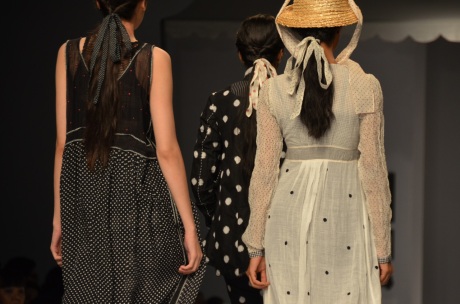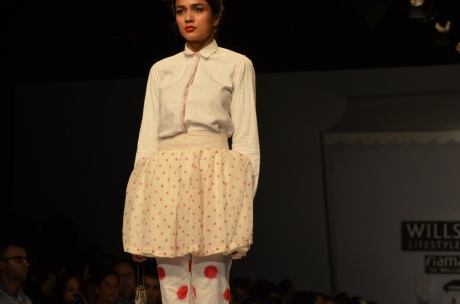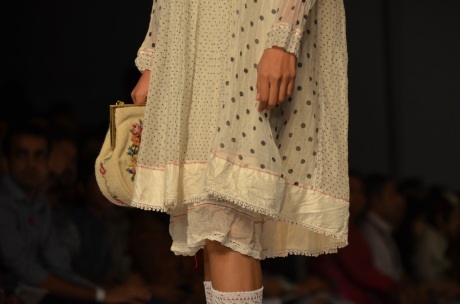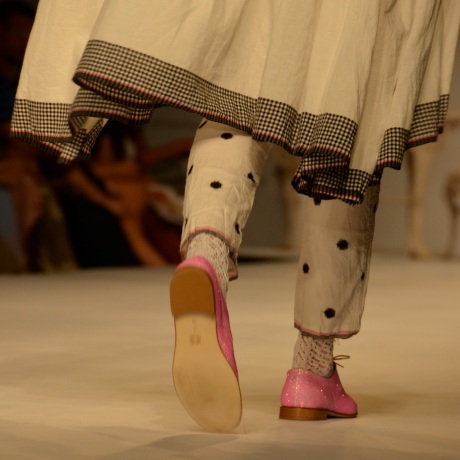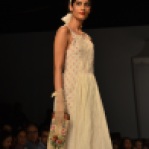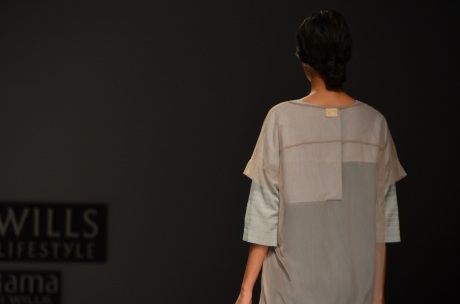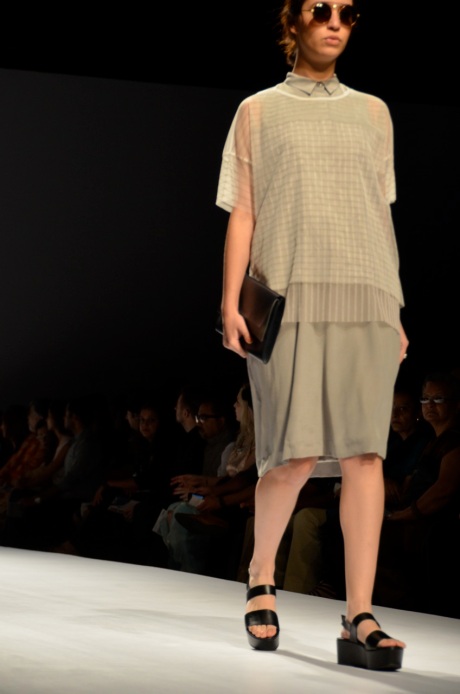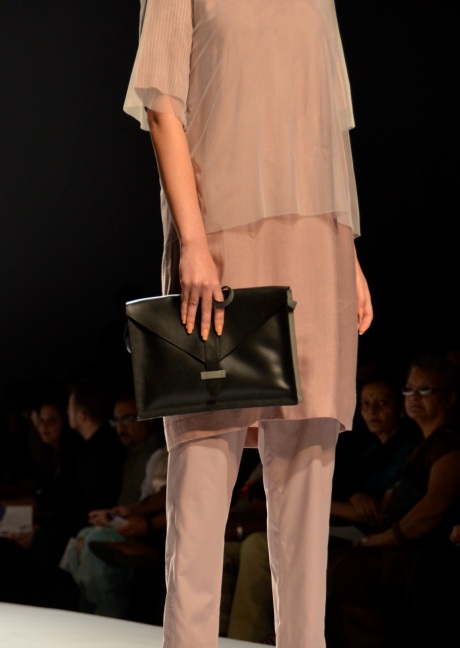
Black Out (2017)
Exactly one year ago, on November 8th, 2016, as much of the world was focused on the US presidential elections, India’s Prime Minister Narendra Modi announced the demonetization of all ₹500 and ₹1,000 banknotes via a live televised address.
Not one to take things slow, these two denominations of paper currency were to become invalid past midnight the following day, after which they could only be exchanged for legal tender at the local banks and a select handful of institutions.
Targeted at flushing out the millions of rupees worth of black money stashed away by tax evading individuals across the Indian subcontinent and beyond, this unprecedented move had many unintended negative outcomes—most of which hurt the vast majorities of low income communities and individual living below the poverty line who rely on cash transactions for their daily livelihood. The days and months following this announcement saw severe cash shortages and Indians struggled with the adjustment to digital/new bank systems. Multiple stories about the worthlessness of what was there (old notes), shortage and short comings of the new ones (the new ₹2000 paper notes were just too big a denomination for many to use, poor design and lack of color fastness of the new pink banknotes), and the unforeseen casualties of all this were gathering momentum.
Of course, there were a few short lived positive outcomes (such as the impact on the sex trade industry, Indian gangs, etc.), as well as some long-term ones that are only just being scrutinized a year later… but for the most part, much like the US elections, this was a rocky time that many would be happy to erase from their memory.
As an Indian national living abroad (in Chicago) at this time, the distraction from the political reality unfolding in the US was on one hand welcome… but it was also surreal to be aware of and deeply concerned about the sheer magnitude of the impact of demonetization and yet see no impact of it on my day to day life.
Well, no real impact beyond the few ₹500 banknotes I had in my travel wallet—roughly 100$ worth—a ballpark amount I’ve always travelled back with to ensure cash on arrival for my next visit to India. I suppose I could have enquired about exchanging the money at my local Chicago bank—but turns out that wouldn’t have worked anyway. The only option open to me then was to return to India before March 2017 to return my 100$ worth of rupees, or send it via a friend or family members travelling to India (to perhaps do the same). Neither were possibilities for me at the time, especially for such small refund of rupees.
So, in the days following, I began to feel mildly irritated about the 14 bank notes I had with me—that had up till recently held real value, but now were worthless pieces of paper. It was hard to come to terms with that transition, as visually they held all the markings of authentic money. While I had resigned to the fact that I wasn’t going to be able to exchange them for real money, it was hard to think of throwing them away, even if they had no value anymore!
Then looking at these pieces of paper closely, I thought of the memories associated with their monetary value. For me these included shopping for textiles and crafts, for example. Or the time our maid was stealing cash from me, and the heartbreak and rift in my family that caused. Then I noted (hah!) the smaller details in the design of the currency notes themselves. The strange flourishes, the motifs that acted as markers of national identity, strange combinations of fonts, reference to Indian history, inclusion of watermarks, etc. —all of which contributed to the transformation of paper into money (that was now just paper again).
Also, each note “promised to pay” its said value—“well not anymore!,” I thought.
It seemed natural then for me to do something with this money. I couldn’t just throw it away!? That was too wasteful and I couldn’t ignore how painful this demonetization process had been for so many Indians… even if it didn’t impact me personally.
On embroidering “money”

Glitched (2017)
Okay, so my mind knew it was not real money anymore, but for the last 37 years of my life those currency notes (or their previous iterations) had been REAL MONEY. Also, ₹7000 was and still is no paltry amount (especially if you think my expectation of prices in India remain fixed from my year of migration). So of course, I felt awkward about poking holes with needles through the notes. I was also aware that I only had 14 of them in total (2 more were added later by my cousin Rohit).
All of a sudden their value shifted again, and they became precious material. A very limited resource. I couldn’t waste any, couldn’t slip up.
Embroidering paper is harder than it looks. Making a series of holes—a line of small perforations—inevitably leads to tears. So, I reinforced the paper with fusible interfacing. In addition, to reduce mistakes, I carefully mapped out each piece by drawing on photocopies of the banknotes (is this illegal I thought!?) and practiced some of my embroidery techniques on a still valid, but not very valuable ₹10 banknote.
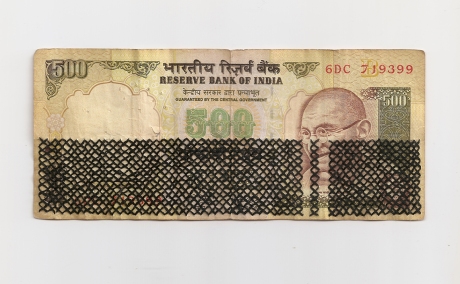
Tracks of His Tears (2017)
In some of the pieces I’ve completed so far (see Images 1-3: Black Out, Glitched, Tracks of His Tears) I was simply trying to remove the monetary markings or glitching part of the note through cross stitch. But as the pieces evolve, (Image 3 and Image 4: Achhe Din..) I hope to explore some more ideas, which will invariably include some cheesy ones. The results of US elections helped propel me into working on a few notes last year and at the start of this year, but big life changes meant my work has halted for now. Although, I sense I’m ready to pick on embroidering them again!!
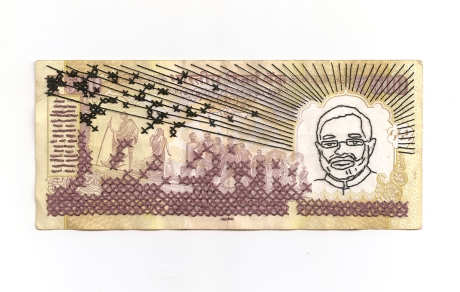
Image 4: Achhe Din… (Good Days…, 2017)
Overall, my hope is that through embroidering these now worthless pieces of paper I can imbue value back into them, which, fingers crossed, is more than the 7.35$ (roughly) they were worth originally!
Enjoy!
